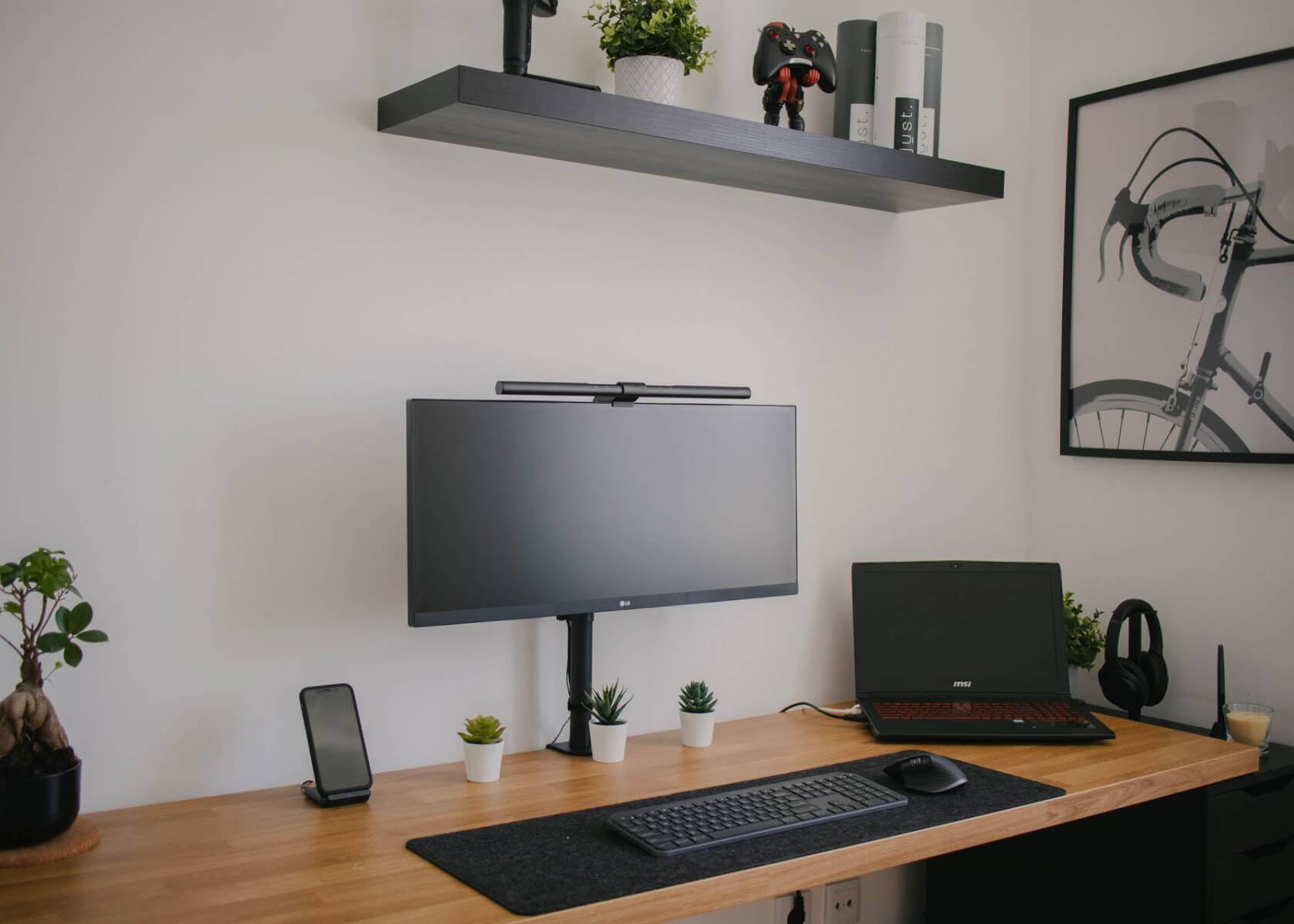Incorporating Time & Dates into Notion Content: A Comprehensive Guide

New to Notion?
How to Incorporate Time and Dates into Notion Content
Notion is a powerful tool that can help you stay organized and manage your tasks effectively. One of its key features is the ability to incorporate time and dates into your content. Whether you want to set reminders for important deadlines, schedule events, or track progress over time, Notion provides various ways to manage and visualize time-related information. In this article, we explore updated techniques and best practices for incorporating time and dates into your Notion content.
Using Date and Time Properties
Notion allows you to assign date and time properties to any page or database entry. To add a date property to a page, click on the + icon in your Notion page and select Date. You can then choose a specific date from the calendar or use text shortcuts like today, tomorrow, or next week.
When working with databases, add a date property by opening the database, clicking the + icon in the table view header, and selecting Date. This creates a new column where you can input dates using the same convenient shortcuts.
By default, Notion displays date properties in a calendar format. You can update the display format to a timeline, list, or even a week/month calendar view. To change the format, click on the date property, go to the Format tab, and select your preferred view. Recent updates have made these format options more intuitive and easier to navigate.
Setting Reminders and Deadlines
Notion lets you set reminders or deadlines directly using date properties. Once a date property is added to a page or database entry, click on the date to open the built-in calendar. From there, you can set a time along with a reminder for your event or deadline. For more details on reminders, check out this guide.
Notion now supports more robust notifications. By default, reminders appear as pop-up notifications on both desktop and mobile devices. You also have the option to receive reminder emails by clicking on the three dots next to the date and selecting Set reminder email. These enhancements ensure you stay informed even when you're not actively using Notion.
Creating Event Calendars
If you need to track events or appointments, creating event calendars in Notion is straightforward. Start by creating a new page and selecting the Calendar template. This will generate a calendar view where you can add events by clicking on specific dates or by dragging and resizing events to adjust their duration.
You can further customize your calendar by:
- Changing event colors for better visual distinction.
- Adjusting time scales (e.g., hours, days, weeks).
- Filtering events based on specific properties for a tailored view.
These options make it easier to visualize your schedule and maintain a well-organized calendar.
Tracking Time-Based Progress
Notion’s flexibility also lets you track your progress over time. By incorporating date properties into your databases, you can record the start and end dates for projects, tasks, or habits. This is particularly useful for monitoring project timelines, tracking task completion rates, or even maintaining a habit tracker.
Additionally, you can leverage Notion’s formula and roll-up properties to calculate and display time-based metrics automatically. For example, create a formula property to calculate how many days remain until a deadline, or use a roll-up property to summarize the total time spent on a project. Recent improvements to these features have streamlined data visualization in your dashboards.
Integrating Time Blocks and Timelines
To effectively plan your day or allocate time for specific activities, consider using time-blocking techniques along with Notion’s timeline features. The calendar view discussed earlier is an excellent tool for creating and visualizing time blocks.
Alternatively, set up a dedicated page for time blocking. Use tables or databases to structure your day or week by creating columns for specific time intervals (for example, 8:00 am - 9:00 am, 9:00 am - 10:00 am) and adding tasks or activities into the appropriate slot. By incorporating start and end dates into these blocks, you create a structured plan that’s easy to follow and adjust as needed.
Conclusion
Notion offers robust features for incorporating time and dates into your content. From setting reminders and deadlines to creating event calendars and tracking progress over time, Notion's updated functionalities enable you to stay organized and manage your schedule effectively. Whether you are a student, professional, or anyone looking to optimize productivity, utilizing Notion’s time and date capabilities can greatly enhance your workflow and help you achieve your goals.


